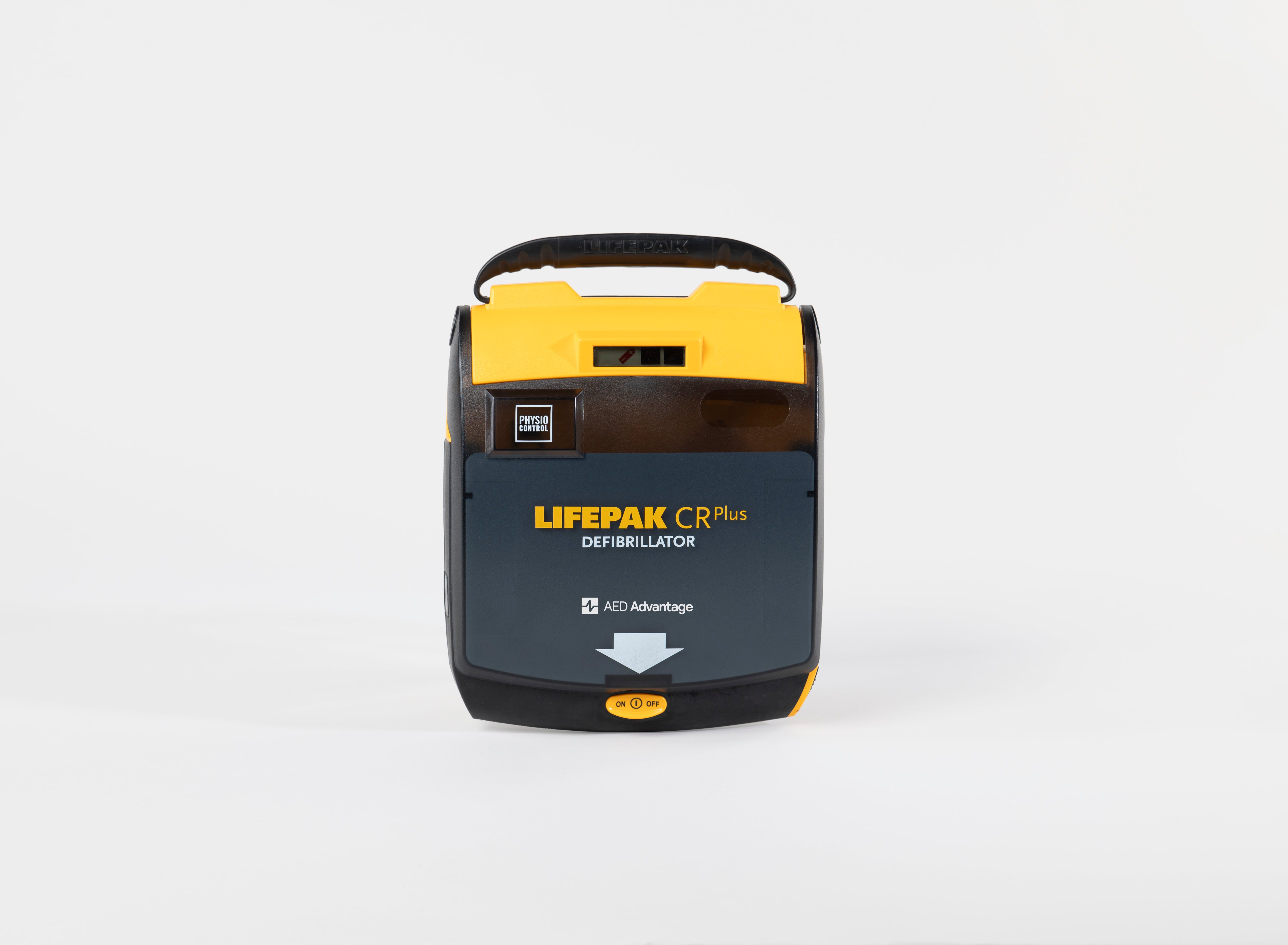You’re at a playground watching your kids when someone suddenly drops to the ground. You rush over to them and notice they're unconscious. Do you know what to do next? Anyone who’s taken a first aid class or has taken a Red Cross course is likely familiar with the acronym AED, but for those who haven't, it stands for Automated External Defibrillator. These machines are used to shock the heart back into normal rhythm in the event of sudden cardiac arrest (SCA). But how do you know whether or not it’s SCA, how do you know if you need to use an AED?
There are a few things you need to know and understand before you can use an AED. This article will outline any special considerations that need to take place and when it’s the appropriate time to deliver lifesaving care via a defibrillator.
What Special Situations Should You Look For Before AED Use?
When it comes to saving lives, timing is everything. Knowing how to use an Automated External Defibrillator is crucial to being able to manage a life-threatening situation. But is there ever a time when an AED shouldn’t be used? Below we have outlined some special situations that require more consideration before using a defibrillator on a cardiac arrest victim:
1. Pediatric Patients
If you're using an AED on a child, you should use the pediatric-appropriate attachments. Pediatric-appropriate attachments include different electrode pads which have different safety features and physical designs that minimize the chance of injury to the child suffering from cardiac arrest. However, if there are only adult pads available it is better to use them than nothing at all.
2. Patients Who Are Wet or Moist
If someone has been swimming or is covered in sweat, water or blood, their body may be wet enough to cause shorts on the pads of the defibrillator's electrodes. Keep this in mind when placing the pads and follow all manufacturer's instructions for use of your particular defibrillator model. Your safety is important too!
3. Patients With Body Excessive Hair
Hair can also get in the way of an effective shock. If the patient has long or thick body hair, you may need to cut it or shave it off so you can place the pads on their chest properly; otherwise, the shock may not be delivered effectively.
4. Patients With A Medical Patch
A patient with a medication patch. Some medication patches deliver medication through the skin into the body continuously over several days or weeks at a time. This type of patch is called an extended-release (ER) patch because it releases its active ingredient slowly over time. If your patient has one of these patches on, don't place your AED pads directly on top of it — remove it first because it could block electric current from passing through your patient's body during cardiac arrest treatment.
AEDs are helpful in an emergency, but we need to use common sense when administering them. There are certain situations where it is safer to wait for professional medical help to arrive before using a defibrillator. In order to help save a life, if something seems off in a situation that you are dealing with, be sure to ask for help from a medical professional before using an AED.
What Happens When You Use A Defibrillator On Someone Who Doesn’t Need It?
If you use an AED on someone who doesn't need it, there won't be any consequences. In other words, the AED will not shock them. However, you shouldn't use an AED unless you suspect a person has gone into cardiac arrest and requires its assistance in order to resuscitate them, although an AED will not deliver a shock unless needed, you should always use your best judgement in the moment.
When In Doubt, Use An AED
With a little education and knowledge, understanding how defibrillators work is simple. Understanding when to use one, however, can make the difference between life and death for someone who has had a cardiac arrest. If you ever find yourself in an emergency situation where someone’s heart is not beating correctly, it’s important to know how to act. But at the end of the day, it’s better to use an AED and save a life, than not use one at all.
